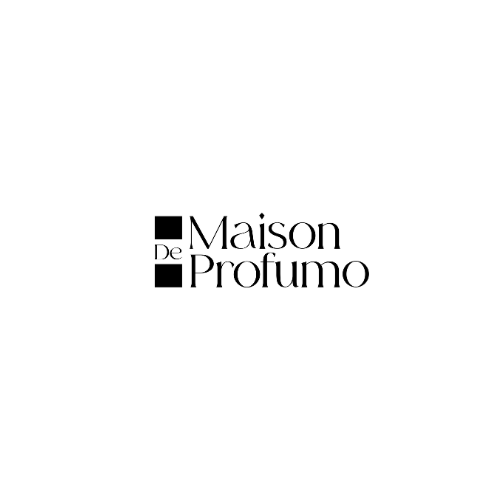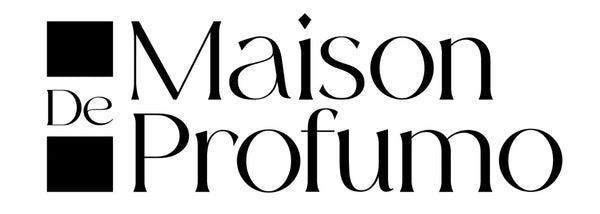"Exploring the Rich History and Ingredients of Oriental and Arabian Perfumes"
Introduction
The world of perfumery is vast and diverse, with different cultures contributing unique scents and compositions. Among these, Oriental and Arabian perfumes stand out for their rich, complex, and captivating fragrances. This article delves into the deep connection between Oriental and Arabian perfumes, exploring their history, ingredients, and cultural significance.
History of Oriental and Arabian Perfumes

Origins and Evolution
-
Ancient Beginnings:
- Perfume-making dates back to ancient Mesopotamia and Egypt.
- Early perfumes were used in religious ceremonies and for personal adornment.
-
Islamic Golden Age:
- The Islamic Golden Age (8th to 14th century) saw significant advancements in perfumery.
- Scholars like Avicenna (Ibn Sina) developed distillation techniques, refining the art of extracting essential oils.
Cultural Significance
-
Middle Eastern Influence:
- Perfumes play a crucial role in Middle Eastern culture, symbolizing hospitality and luxury.
- Fragrances are often used in daily life, religious rituals, and special occasions.
-
Trade and Exchange:
- The Silk Road facilitated the exchange of aromatic materials between the East and the West.
- Spices, resins, and exotic woods from the Middle East influenced European perfumery.
Key Ingredients in Oriental and Arabian Perfumes
Essential Oils and Resins
-
Oud (Agarwood):
- Known as the "wood of the gods," oud is a highly prized and expensive ingredient.
- Derived from the resinous heartwood of Aquilaria trees, it has a rich, warm, and complex aroma.
-
Frankincense and Myrrh:
- Both resins are extracted from trees native to the Arabian Peninsula and Northeast Africa.
- Frankincense has a sweet, citrusy scent, while myrrh is earthy and slightly bitter.
Spices and Florals
-
Saffron:
- Saffron, the world's most expensive spice, adds a luxurious, warm, and slightly metallic note.
- Used in both culinary and perfumery traditions in the Middle East.
-
Rose:
- Damask rose, particularly from Iran and Turkey, is a staple in Middle Eastern perfumery.
- Provides a rich, sweet, and intoxicating floral aroma.
Characteristics of Oriental and Arabian Perfumes
Fragrance Profiles
-
Rich and Complex:
- Oriental and Arabian perfumes are known for their depth and complexity.
- Often feature a blend of warm, spicy, and resinous notes with sweet and floral undertones.
-
Long-lasting:
- These perfumes typically have a high concentration of essential oils.
- They are designed to last longer on the skin, evolving over time.
Popular Fragrance Families
-
Amber:
- Amber fragrances are warm, sweet, and slightly powdery.
- Often include ingredients like vanilla, labdanum, and benzoin.
-
Spicy:
- Spicy fragrances feature notes like cinnamon, clove, and nutmeg.
- They provide a warm and exotic touch to the composition.
Modern Trends in Oriental and Arabian Perfumery

Niche Perfumery
-
Customization and Exclusivity:
- Niche perfumers offer bespoke fragrances tailored to individual preferences.
- Emphasis on rare and high-quality ingredients.
-
Fusion of Cultures:
- Contemporary perfumes often blend Oriental and Arabian elements with Western perfumery techniques.
- This fusion creates unique and innovative scents.
Sustainability and Ethical Sourcing
-
Eco-friendly Practices:
- Increased awareness of environmental impact has led to sustainable sourcing of ingredients.
- Ethical practices include fair trade and support for local communities.
-
Synthetic Alternatives:
- Advances in synthetic chemistry have allowed the creation of lab-grown alternatives to rare natural ingredients.
- These alternatives help reduce the strain on natural resources.
Comparative Analysis: Oriental vs. Arabian Perfumes
| Aspect | Oriental Perfumes | Arabian Perfumes |
|---|---|---|
| Key Ingredients | Amber, vanilla, resins, spices | Oud, frankincense, myrrh, saffron |
| Aroma Profile | Warm, sweet, spicy, and resinous | Rich, complex, with a focus on wood and spice |
| Cultural Significance | Luxury and opulence in European contexts | Integral to daily life and rituals |
| Historical Influence | Influenced by Eastern trade routes | Rooted in ancient Arabian traditions |
Notable Perfumes
-
Oriental Perfumes:
- Shalimar by Guerlain: A classic oriental fragrance with notes of vanilla, tonka bean, and iris.
- Opium by Yves Saint Laurent: Known for its spicy and exotic composition.
-
Arabian Perfumes:
- Amouage Gold: A luxurious fragrance featuring frankincense, myrrh, and amber.
- Ajmal Aurum: Combines floral, fruity, and woody notes for a modern Arabian scent.
Conclusion
Oriental and Arabian perfumes represent the epitome of luxury and sophistication in the world of fragrances. Their rich history, cultural significance, and complex compositions continue to captivate perfume enthusiasts around the globe. By understanding the nuances of these perfumes, one can truly appreciate the artistry and craftsmanship that goes into creating these timeless scents.

